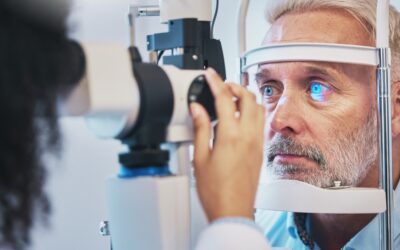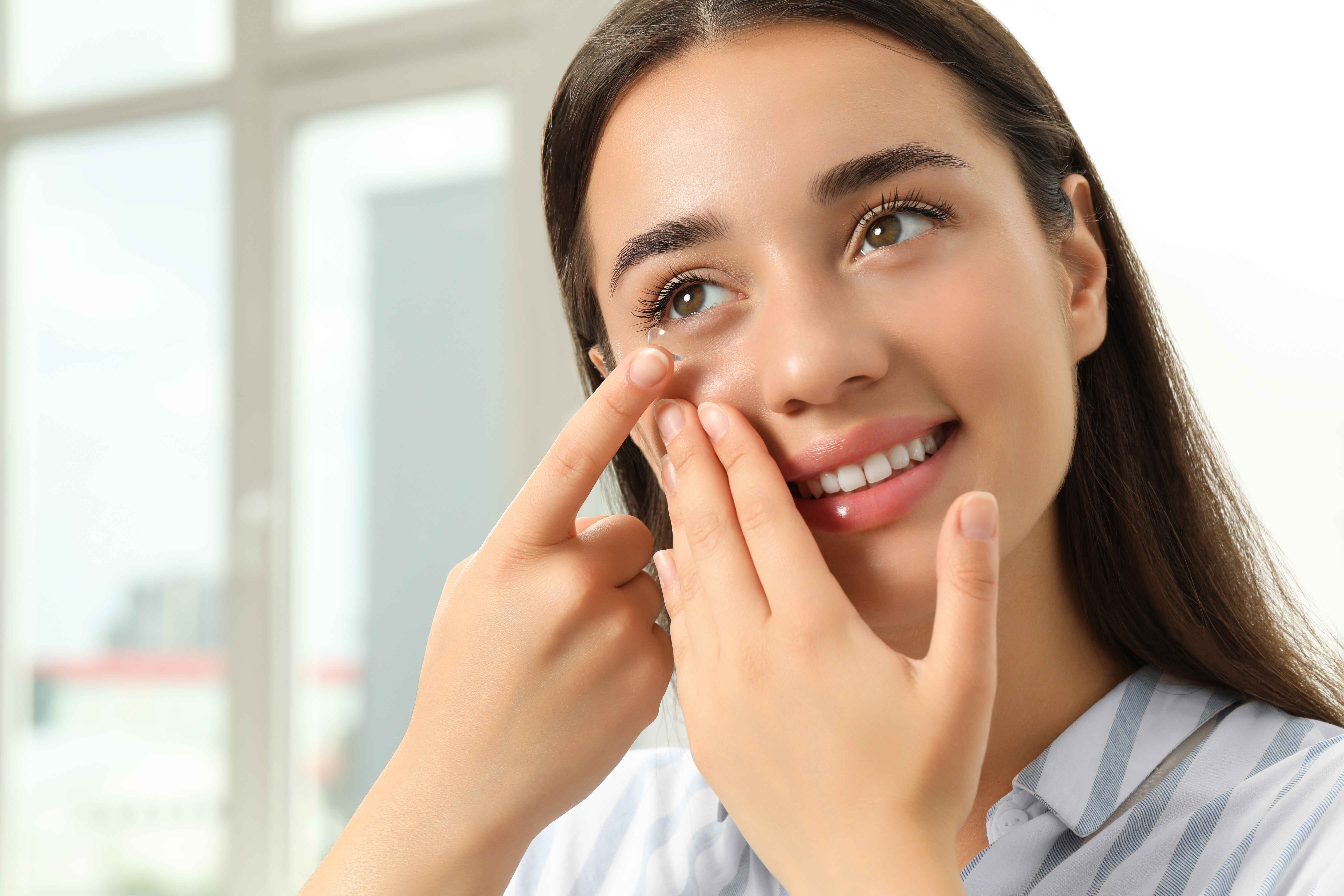Table of Contents
We didn’t have to think as much about workplace safety over the past 18 months, but now that people are going back to work, it’s back to being a priority. It is arguably more of a priority now, as people are at higher risk of eye injuries when adjusting to a changed work environment. Find out five common injuries and ways to safeguard your employees here:
5 common eye injuries in the workplace
1. Blows, cuts and scratches
A blow to the eye or the area around the eye can cause bruising, swelling and pain. This is sometimes referred to as a black eye. Severe blows to the eye can cause bleeding inside the eye or broken bones around the eye. A cut or scratch to the eye can cause blurred vision, light sensitivity, tearing, pain and redness. Small scratches may heal on their own, but more severe ones can lead to permanent vision problems.
2. Foreign objects
When a foreign object such as dirt, sand, a metal shaving or a small piece of glass gets lodged in the eye, the person feels discomfort and tearing. The object can scratch the clear rounded part of the eye that overlays the iris, which is called the cornea. Scratching may happen when a contact lens is left in the eye too long. Your eye doctor should remove a foreign object as soon as possible.
3. Substances and chemical burns
Chemical exposure can happen when liquids or fumes get into the eye. A chemical burn will cause burning and stinging. The best way to treat it is to first flush the eye with cool water for 15 minutes, and then see your eye doctor. The pH of the chemical makes a difference in how much damage typically occurs. Acids like bleach and chlorine are less harmful than bases (alkalis) like drain cleaner and fertilizer.
4. Conjunctivitis
The conjunctiva is the clear membrane that covers the white of the eye and the cornea. When this tissue becomes inflamed and swollen, a person has conjunctivitis. The most common type of conjunctivitis is allergic conjunctivitis. In the workplace, it usually happens in places where food is handled or in agricultural industries where workers are exposed to certain spices, fruits or vegetables.
5. Computer use eye strain
Using computer screens for extended amounts of time can often result in eye strain. Symptoms of eye strain include dry eyes, headaches and trouble concentrating. Educating employees to take a 20-second break every 20 minutes by focusing on something 20 feet away has been found to decrease eye strain. This is known as the 20-20-20 Rule.
Creating an eye-friendly workplace
Experts predict that 90% of eye injuries in the workplace can be prevented if certain precautions are in place.
Provide protective eyewear
Depending on the nature of the work, protective eyewear can include safety glasses, goggles, face shields and filtering face masks. Employees who work around chemicals or power tools are at an increased risk. Outdoor workers should also wear ultraviolet-blocking glasses to prevent damage from sunlight.
Prioritize general safety
Employers have a responsibility to provide a safe working environment that reduces the chances of injury. You can take steps to make the work environment as safe as possible. Look for ways to eliminate hazards. Some examples include adequately securing any hanging objects, conducting regular equipment safety inspections, providing personal protective equipment if necessary and providing personal safety training for all employees.
Keep eyewash at hand
Employees can use an eyewash station to flush an eye that’s been exposed to chemicals or irritants. According to OSHA, an eyewash station must be located within 10 feet of the hazard. Be sure that employees have proper access to an eyewash station that meets all of the emergency requirements.
Vision Care Direct
Eye injuries are typically covered by an employee’s major medical and workman’s compensation coverage but offering a good vision plan to your employees is an important part of helping them maintain good vision and eye health. Vision Care Direct offers pre-paid vision plans that allow your employees direct access to proper routine eye care and helps them establish a relationship with their eye doctor in the event that an emergency situation occurs






















































